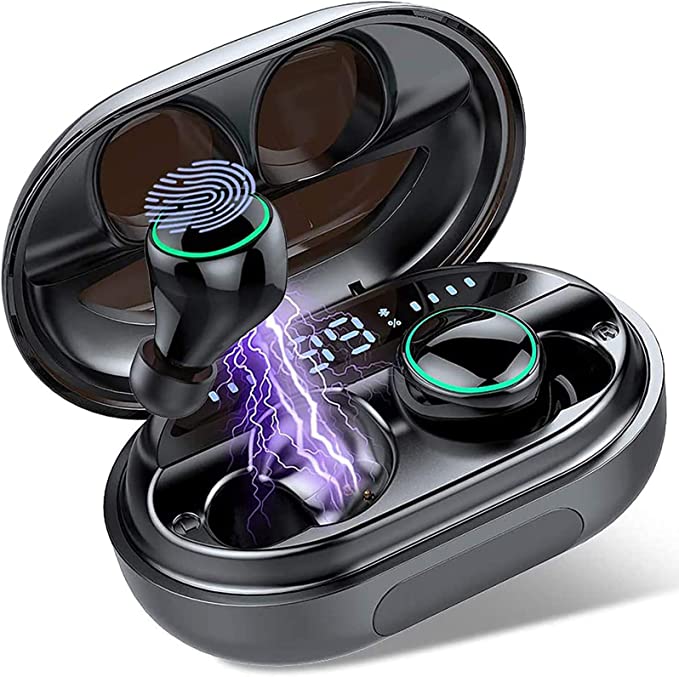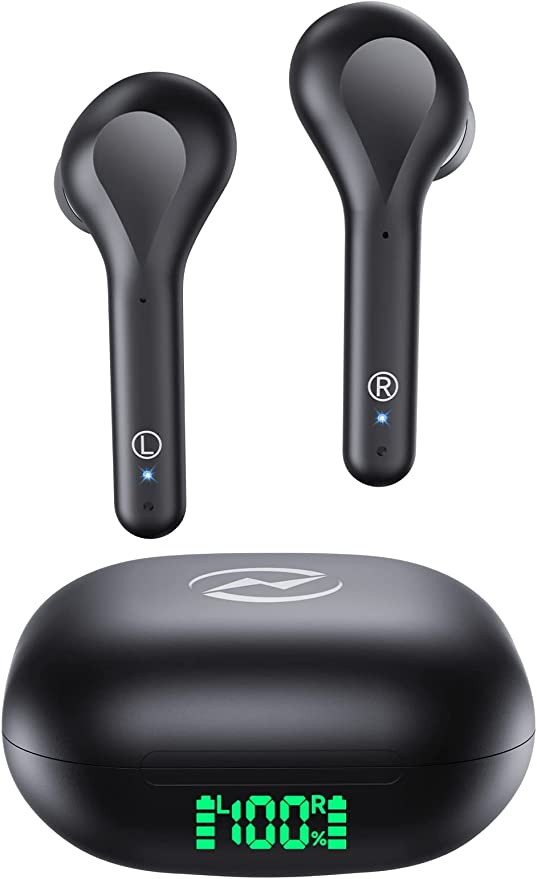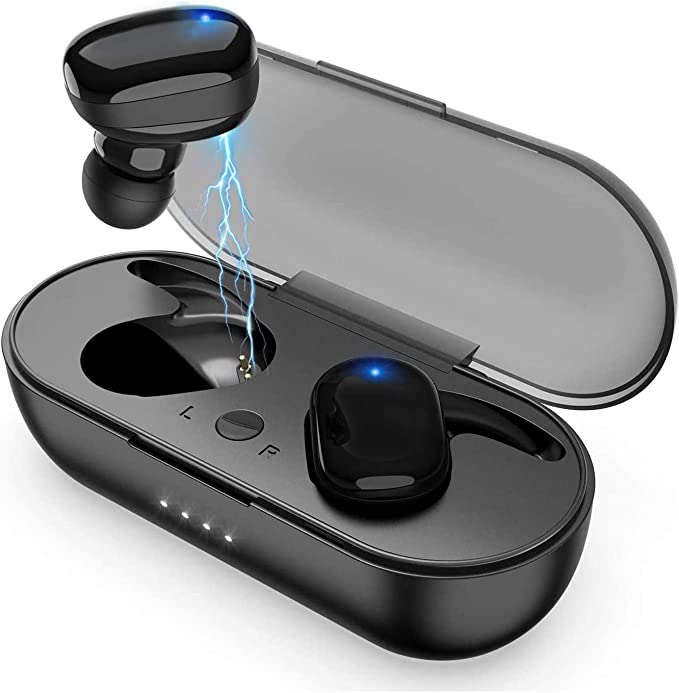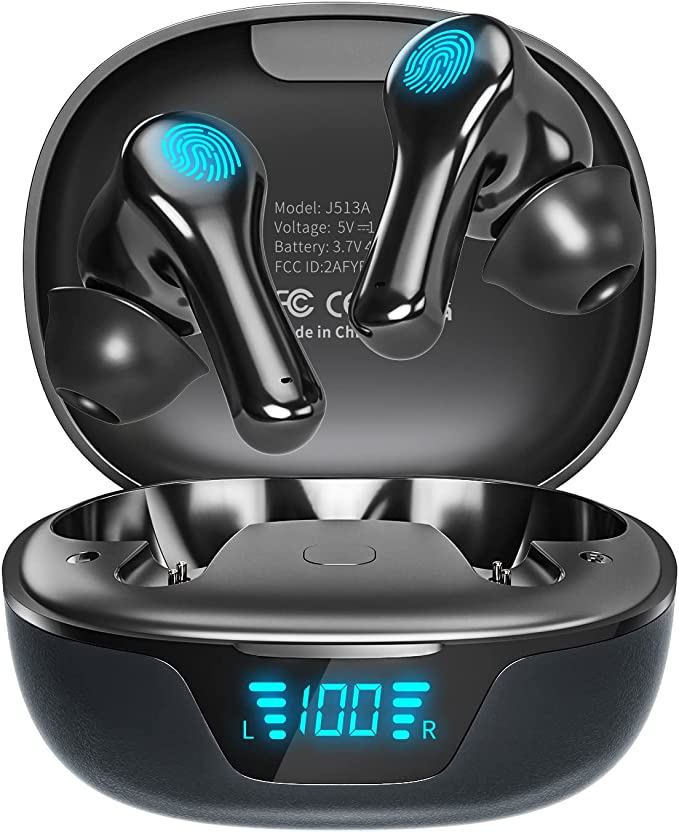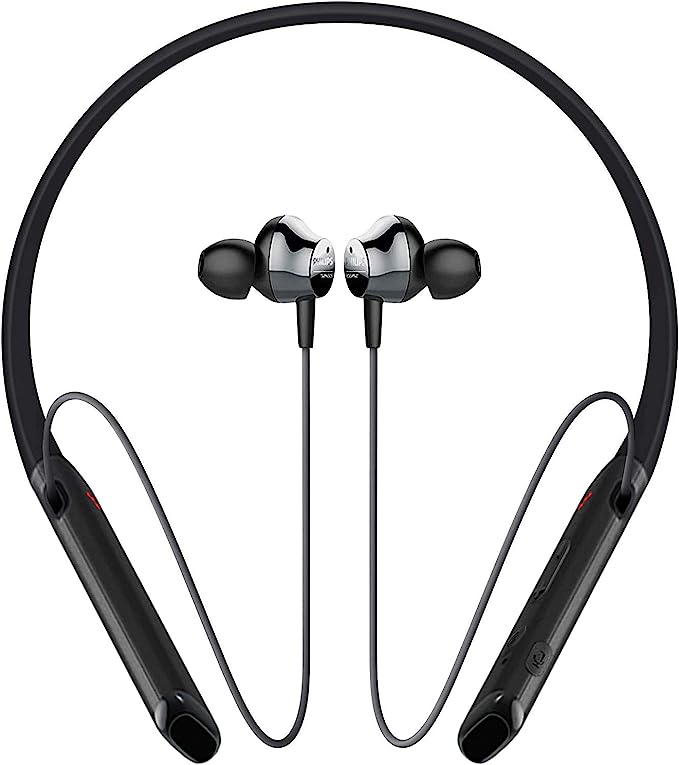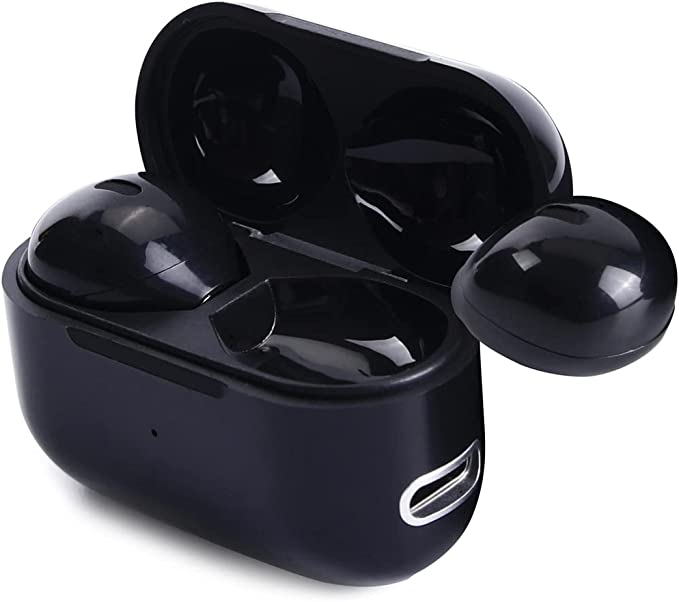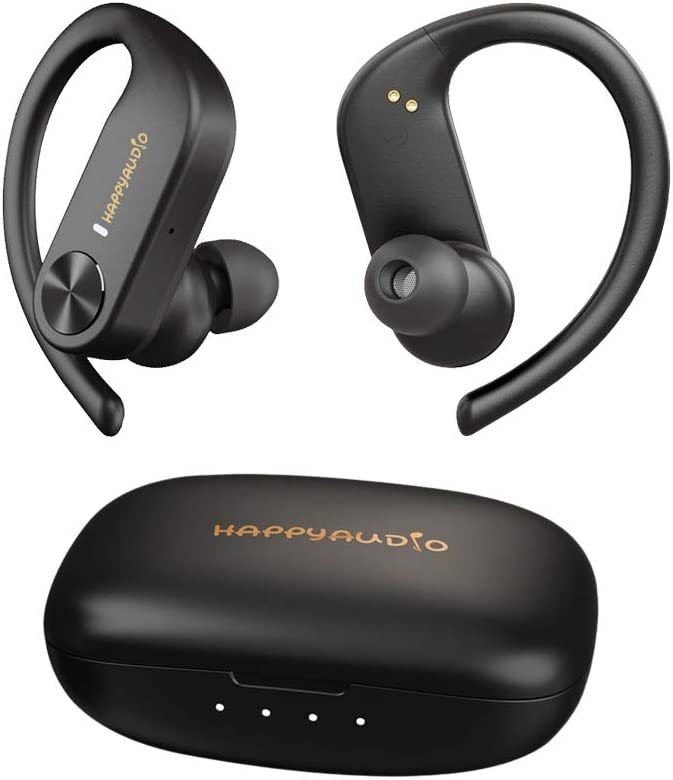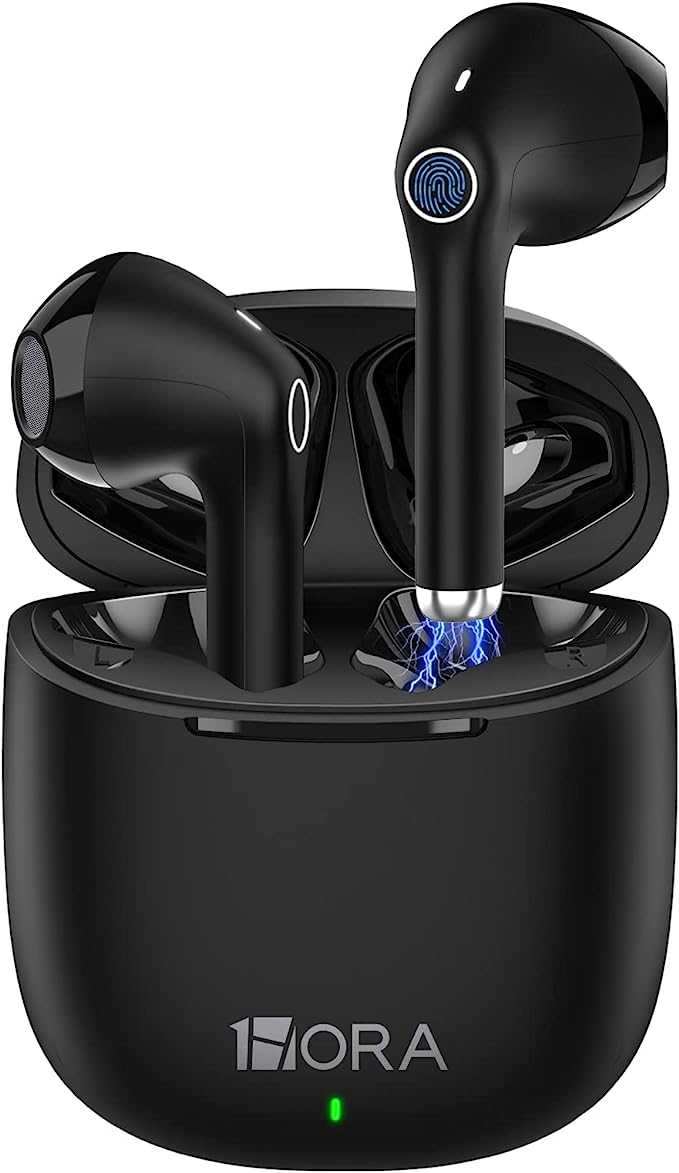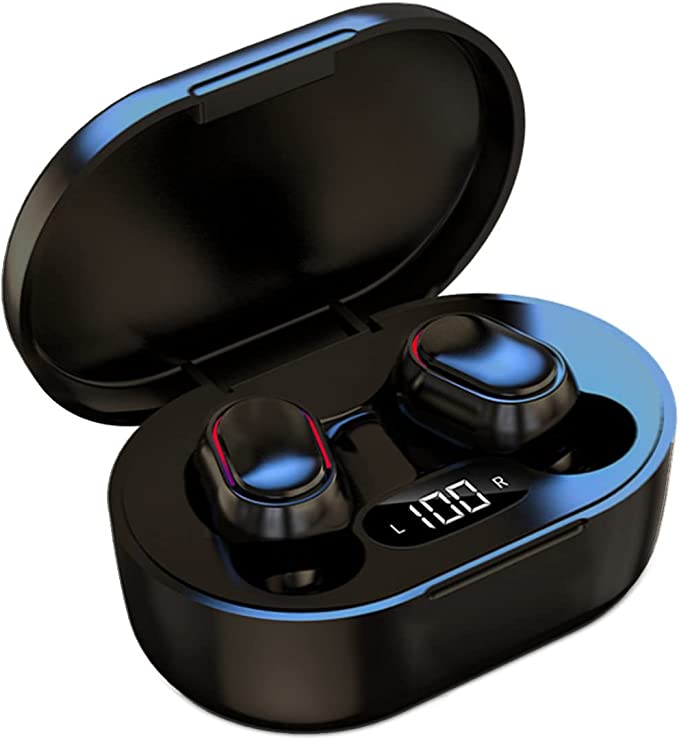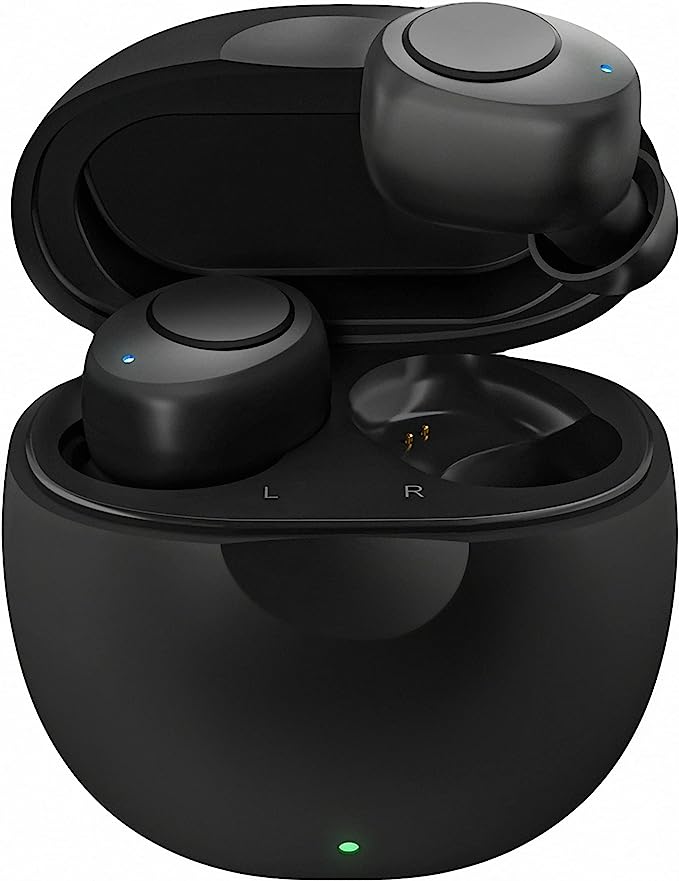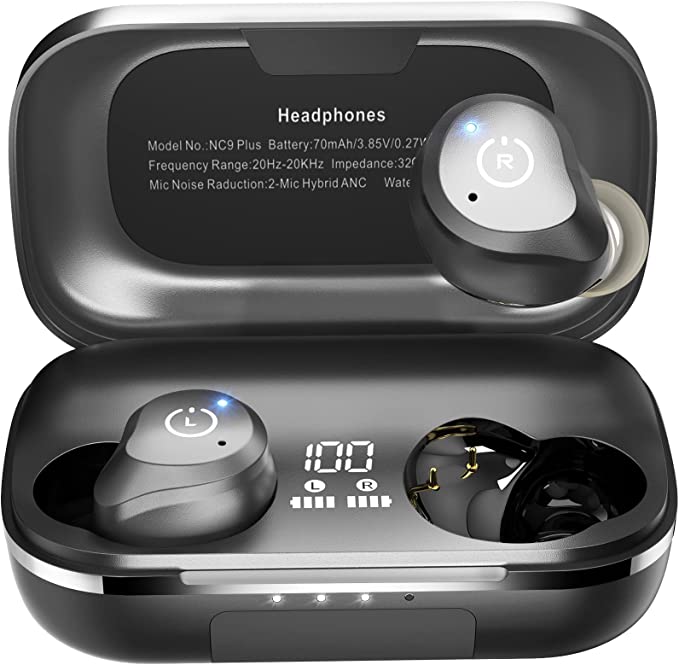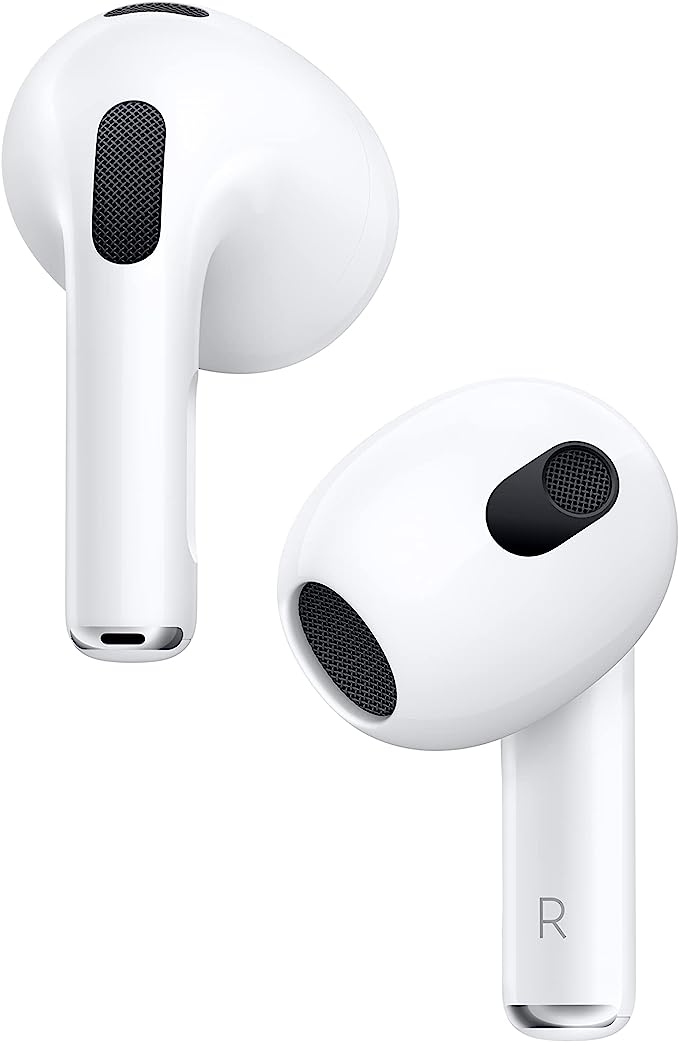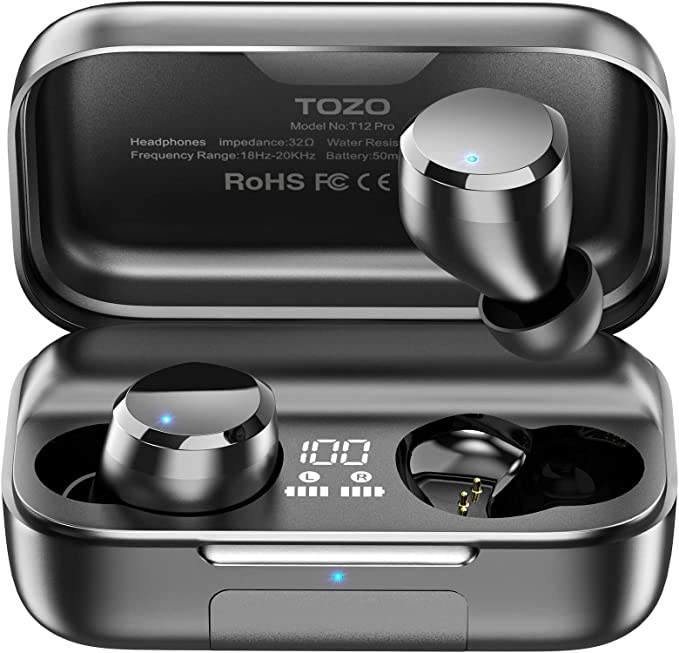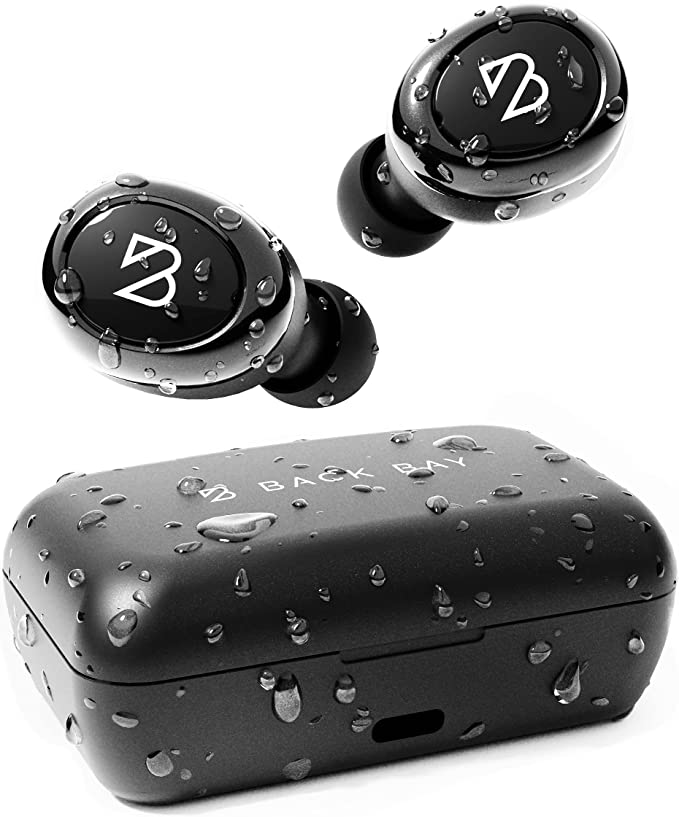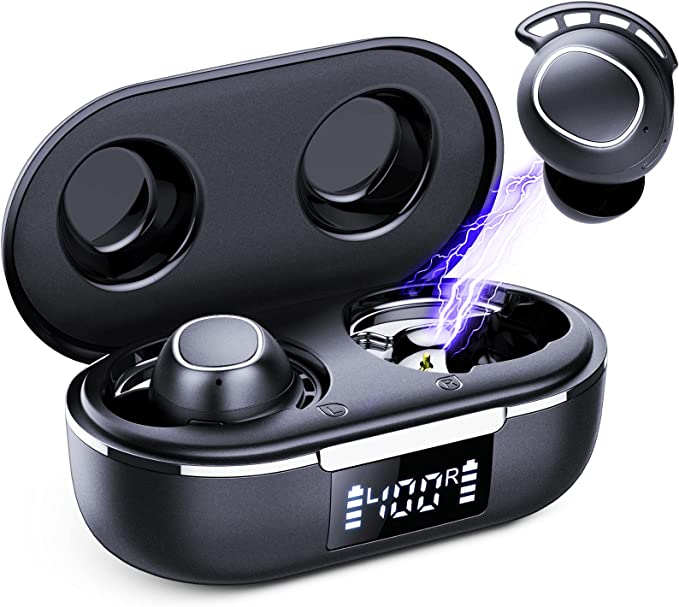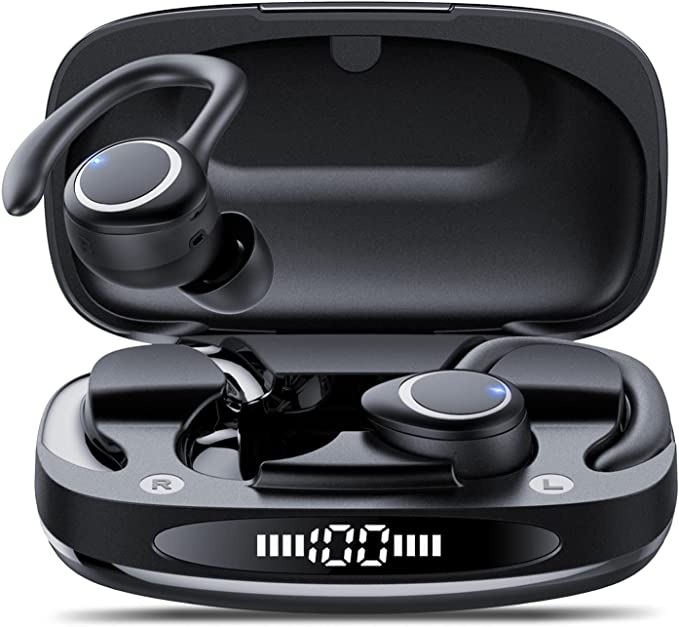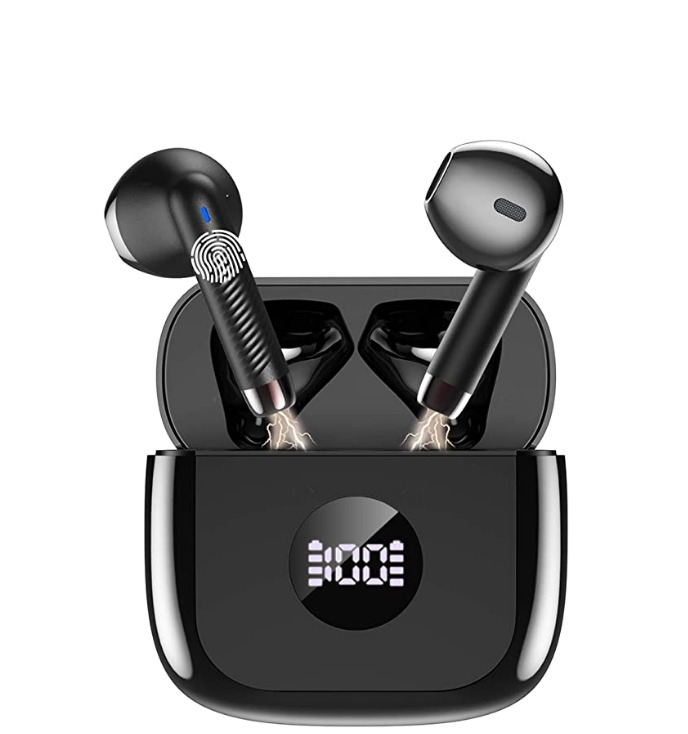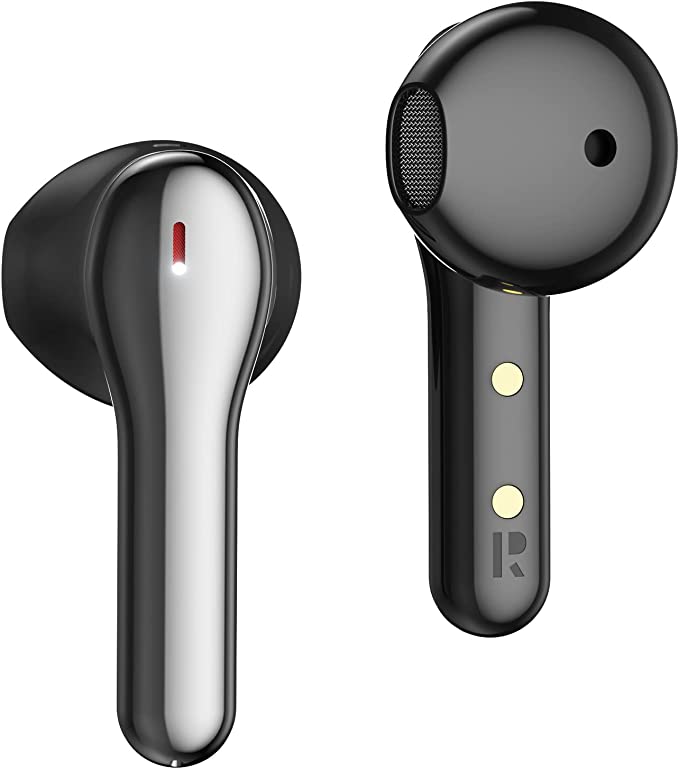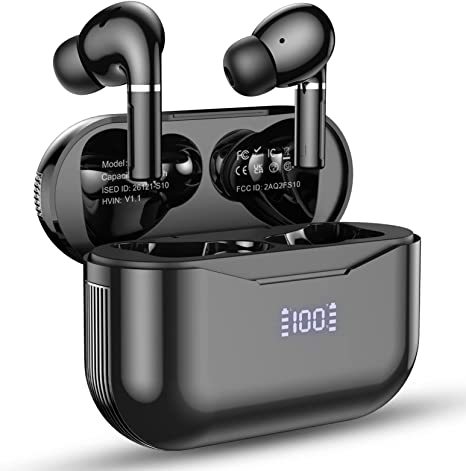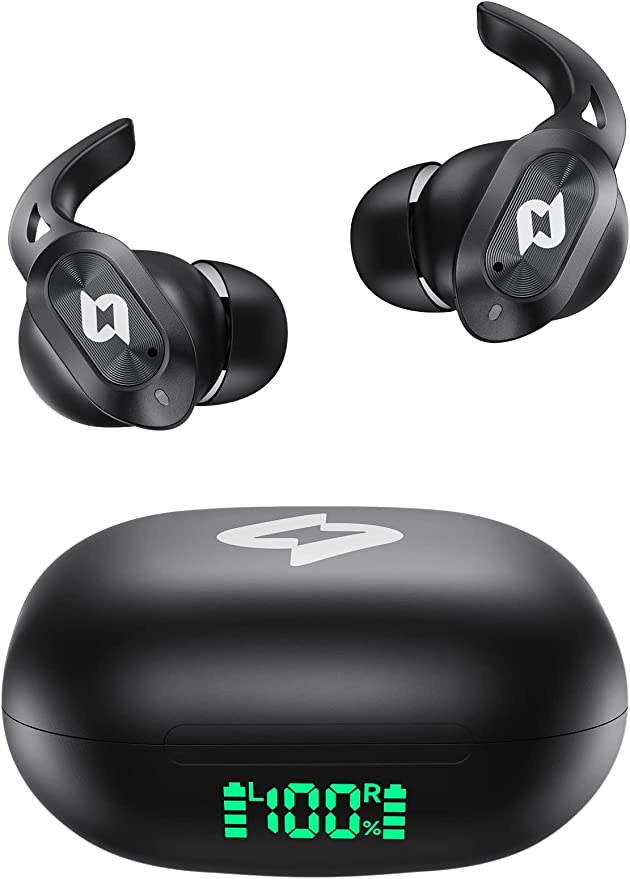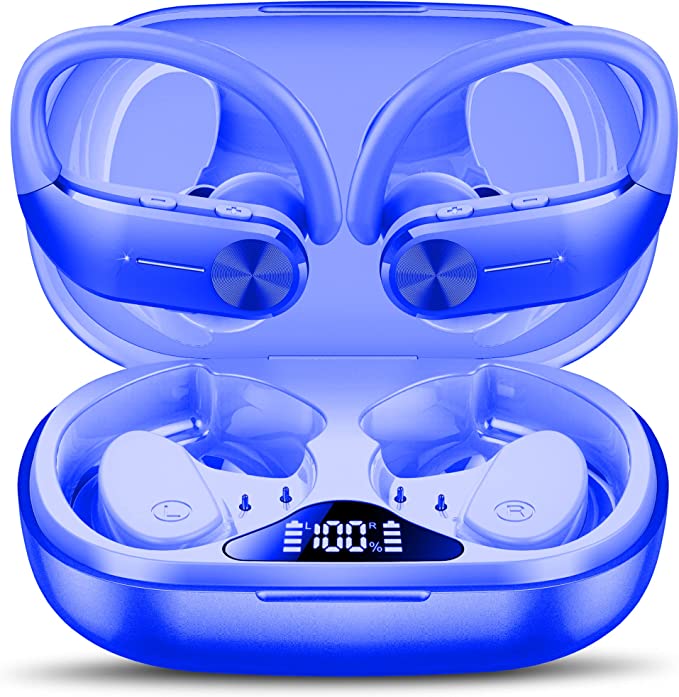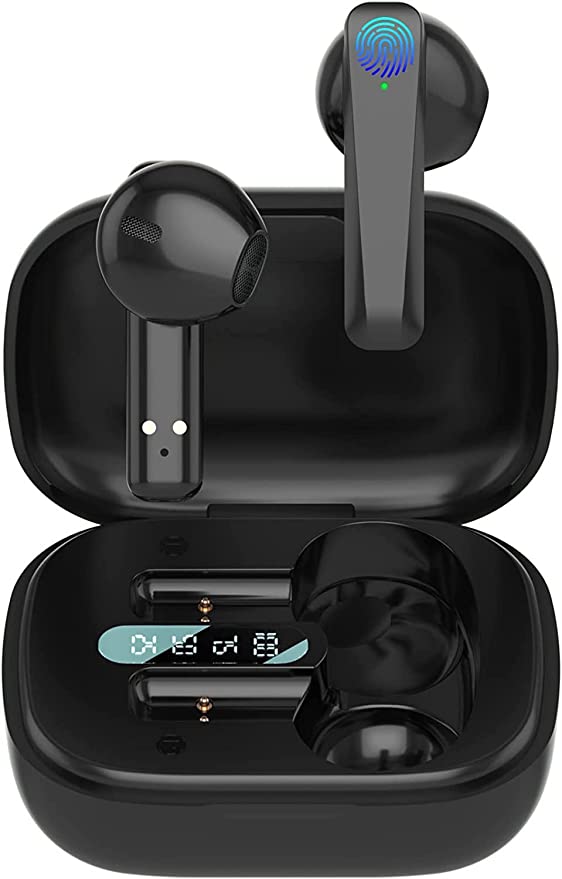The Price of "Design": Deconstructing the 4.1-Star Trade-Offs of TWS Earbuds
Update on Nov. 14, 2025, 8:14 a.m.
In the crowded True Wireless Stereo (TWS) market, it’s rare to find a product that so perfectly illustrates the concept of an engineering trade-off. The Monster MH21902 Clarity 101 AirLinks boasts over 1,200 reviews, yet sits at a lukewarm 4.1-star rating.
Within those reviews lies a deep contradiction. One 5-star reviewer (Matthew Guider) compares them favorably to $200 Sony and Bang & Olefson models, finding “there isn’t a huge difference.” Yet a 4-star reviewer (Amr Farag) calls them “very frustrating,” citing critical usability flaws.
So, what’s the truth? The answer is that both are right. The MH21902 is a fascinating case study in “design-first” engineering, a philosophy that prioritizes aesthetic and tactile appeal above all else, forcing compromises in the core (and often invisible) technology.
1. The “Design-First” Priority: The 360° Aluminum Case
The most unique and heavily marketed feature of the MH21902 is its “360° Rotatable Charging Case” made of “aviation aluminum.” It’s described as a “cool decompressor with a mechanically damped feeling.”
- The “Pro”: This is a statement piece. It’s a tactile, durable, and “cool” novelty, as one user noted. It feels premium.
- The “Compromise”: This premium build is expensive. Every dollar spent on machining aluminum and engineering a complex rotating hinge is a dollar not spent on the Bluetooth chip, the firmware, or the audio amplifier.
- The User Conflict: This trade-off is perfectly captured in the reviews. One user finds the “cool” case “easier to keep in my pocket,” while another user states the exact opposite: “Case is very big… too big to carry in your pocket.” The design itself is polarizing, trading pocket-friendly ergonomics for a unique, weighty aesthetic.

2. The Acoustic Trade-Off: 6mm Drivers and the “Hiss”
To achieve the “Pure Monster Sound” (a bass-heavy tuning), the earbuds rely on 6mm dynamic drivers. This is a very small driver.
- The Physics: A 6mm driver cannot physically move much air. To produce a “deep bass sound,” it must be driven hard by an internal amplifier and heavily processed by a Digital Signal Processor (DSP).
- The Result: This is a “software” solution to a “hardware” limitation. While it can produce an exciting, “tuned” sound, a common side effect of a budget-friendly, high-gain DSP/amplifier combination is a high noise floor. This perfectly explains the 3-star review from “Amazing Customer,” who reported “Constantly playing an annoying hum/hissing in the background.”
3. The Firmware Flaw: Where “Budget” Becomes “Unusable”
This is where the trade-off for the “cool” aluminum case becomes most apparent. The core software, or firmware, of the earbuds reveals the cost-cutting. User Amr Farag, in a detailed review, points out two critical flaws:
- Connection Instability: “It unpairs itself from my phone very often and sometimes says connected while not actually providing any audio.” This points to a budget Bluetooth chip or poorly optimized firmware, a problem that premium brands solve with millions in R&D.
- The “Battery Low” Nightmare: This is the ultimate usability failure. “once it hits low battery the ear buds are unusable as it will very loudly beep twice and say ‘battery low’… at a rate of once every 30 seconds or so.”
This is a catastrophic firmware flaw. It means the “60-Hour Battery Life” is a lie, because the last 10-20% of that life is rendered completely unusable by a “loudly beeping”, un-dismissible warning. This is a clear sign that while the hardware (battery) is large, the software (firmware) was not properly developed or tested.

The Silver Lining: Where the Design Works
Where the MH21902 did intelligently spend its budget, besides the case, was on comfort and stability. * The Fit: The product includes “eartips in 3 sizes” and, as one 5-star user (Matthew Guider) noted, “attached silicone eat extensions” (ear wings). * The Value: This is a huge win for active users. It solves the number one problem of TWS earbuds: “constantly worry[ing] about them falling out.” This focus on a “comfortable and snug fit” is why many users, despite other flaws, still rate the product highly. * The Durability: The IPX5 waterproof rating is a solid, reliable spec. It means the earbuds are “resistant to liquids in any weather conditions” and will survive “damage caused by sweat and raindrops,” making them a genuinely viable choice for the gym.
Conclusion: A Lesson in Compromise
The Monster MH21902 is a perfect artifact of the 4.1-star experience. It’s a “design-first” product that gambles you will be so impressed by its unique aluminum case and secure, comfortable fit that you will forgive its “frustrating” connection bugs and “annoying” firmware.
For the 5-star reviewer, the bet paid off. For the 3-star reviewer, it did not.
This is the reality of the budget TWS market. You are not just buying a product; you are buying a specific set of compromises. The MH21902, by prioritizing form over function, is a lesson in knowing which compromises you, the user, are willing to live with.
